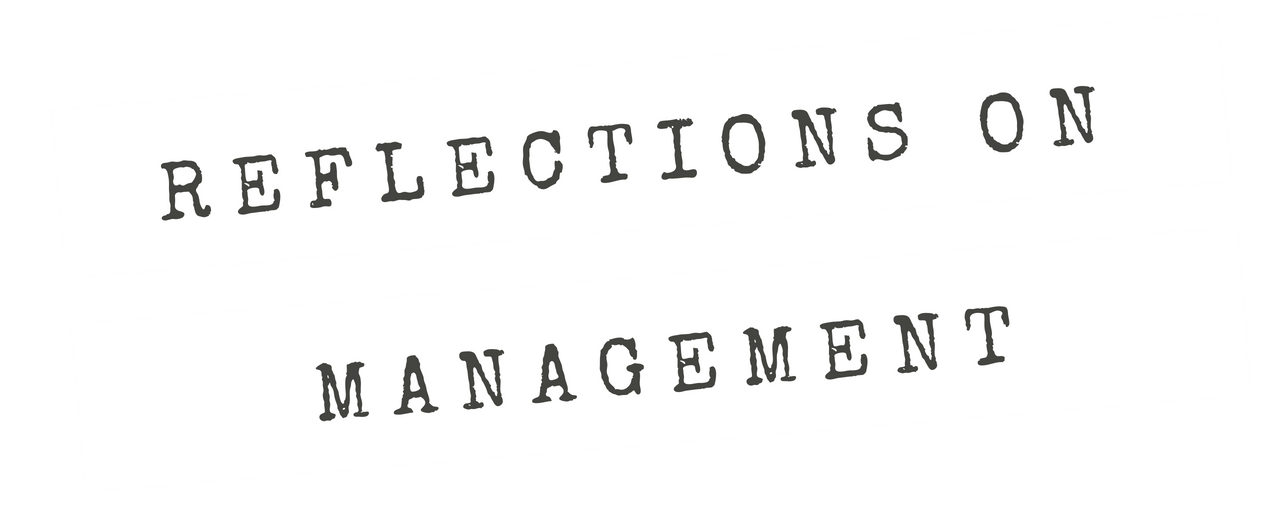Why is it that when things go down, we prefer to exercise control rather than forgive mistakes or to open up and try to learn from it?
Season 5, Episode 5 — Sidecast for Talking About Organizations Podcast Episode 59, “Theory X and Y — Douglas MacGregor“
Click here to download the transcript
In Douglas McGregor’s famous book, The Human Side of Enterprise, he explains his Theories X and Y as representing two different forms of human motivation and associated management behavior. Managers under Theory X assume that humans dislike work and need to be coerced. Managers under Theory Y assume that, given autonomy and the right conditions, that humans would naturally participate in work.
The presumed conclusion is that Theory Y is better than Theory X, and we should eradicate Theory X from the workplace. At least that was the conclusion drawn by myself and fellow Talking About Organizations podcasters Ralph Soule and Catherine Jackson when we covered MacGregor’s book in TAOP Episode 59.
Since that recording, a question has been nagging at me. Why can’t we just stop believing in Theory X?
There’s actually quite a bit of literature on this topic from a wide variety of fields. Some of it points to the idea that Theory X is learned, such that we learn from experience how to differentiate those whose expectations are high and those who are low, and the latter are those we exercise Theory X toward. Or, that we develop a lack of trust in everyone and Theory X follows from all that we do. There’s also literature claiming that Theory X is innate, that there are factors hard-wired into our personalities that inhibit our abilities to set Theory X aside and exercise Theory Y.
In this episode, I present the two sides and the importance of understanding the issues that these theories present today. We face many organizational and societal challenges that would suggest the need for greater participation and innovation. We always hope that if we going to see real positive change that differing views can come together and work out lasting solutions, and that trust and other positive qualities will be most salient. But there’s always the fear that such positive change will not come about because the needed trust is not built.
Works Referenced:
Fotsch, B., & Case, J. (2017, July 11). The Challenge Of Being A Theory Y Manager.
Jarrett, C. (2018, October 12). What are we like? 10 psychology findings that reveal the worst of human nature. The British Psychological Society.
Manzoni, J. F., & Barsoux, J. L. (1998). Inside the Golem effect: how bosses can kill their subordinates’ motivation. INSEAD.
Rao, M., & Sharma, S. (2016). Pygmalion In Management. IOSRJournal Of Business And Management, P-ISSN: 2319, 7668, 15-23.
Reynolds, D. (2007). Restraining Golem and harnessing Pygmalion in the classroom: A laboratory study of managerial expectations and task design. Academy of Management Learning & Education, 6(4), 475-483.
Schulz, K. (2011). Being wrong: Adventures in the margin of error. Granta Books.
Streep, P. (2014, March 25). The trouble with trust. Psychology Today.
From the Talking About Organizations Network:
TAOP Episode 59, “Theory X and Y — Douglas MacGregor“, covering McGregor, D. (2006). The human side of enterprise, annotated edition. McGraw-Hill: New York.
TAOP Episode 67, “Professions & Professionalism — Andrew Abbott,” covering Abbott, A. (1989). The system of professions: An essay on the division of expert labor. University of Chicago press.


